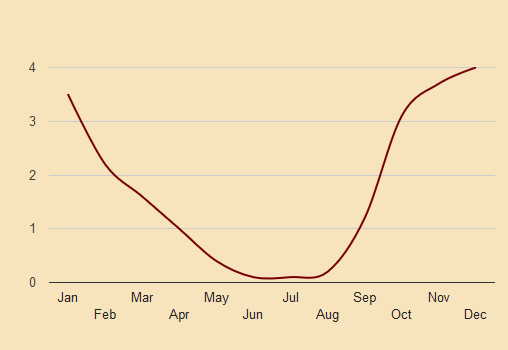Valletta, Malta Weather and Climate
Valletta, Malta Travel Weather and Historic Climate
Malta's position in the southern Mediterranean makes it a pleasantly sunny place strongly influenced by sea temperatures to mitigate the extremes. The city, a fortress city sometimes called "a city built by gentlemen for gentlemen" is a UNESCO World Heritage Site and the capital of Malta. It is surrounded by ancient archaeological sites that make the island unique.
Best Times to Go
In the spring, April, May, and June are the best times to visit Valletta. Average highs range from 65-80. October isn't a bad time in the fall.
That said, summer high temperatures are moderate, with averages around 86 in both July and August--but the average lows only dip into the low 70s. the highest temperature recorded for Valletta is 109 in July.
Don't expect much rain in the months of May through August; Malta experiences only 21.1 inches annually. Nearly three-fourths of that falls between October and March.
Valletta Historic Temperatures and Precipitation
The chart below shows the historic high and low temperatures in Valletta, with the month by month average rainfall below that.
Current Weather
VALLETTA WEATHERYearly Temperature Chart

Yearly Precipitation Chart
